If you've ever played an instrument, you know that after enough practice, your body can start to take over. Unlike when you first started playing a song, you no longer have to think about each and every note that you're playing. This is when your muscle memory steps in.
Whenever I practiced, I would play the same couple of measures until I knew them and then would slowly piece them all together. By playing each segmented piece of the song over and over again I was building my muscle memory, which changes the "way your brain reacts to these movements, resulting in quicker, repeated motions," as explained in the article "Learning to Play Music: The Phenomenon of Muscle Memory."
Although, when explaining what exactly muscle memory is, you should also know that there are two types of memory: discursive and procedural. While your discursive memory is the ability to remember facts, your procedural memory is where your muscle memory takes place. According to the article "What is 'Muscle Memory," your procedural memory is about the ability to do things without "analytically recalling facts about what to do," and it takes two steps to put a sequence of notes into your procedural memory. These steps come from Fitts' theory, starting with the cognitive phase "where you have to consciously think about everything" and ending with the autonomous phase, when "the action can be carried out more or less unconsciously."
In the end, building muscle memory is all about forcing these rhythms into your memory by practicing the same couple of measures over and over again. Although in order for this method to be useful you need to be certain that each time you repeat a section you are playing it correctly and don't start to slack off towards the end. If you build muscle memory while holding your instrument the wrong way or play the notes or rhythms wrong you will end up doing more harm than good. As long as you keep practicing correctly you will have successfully built your muscle memory and can go on to worry about musicality.



 Photo by
Photo by 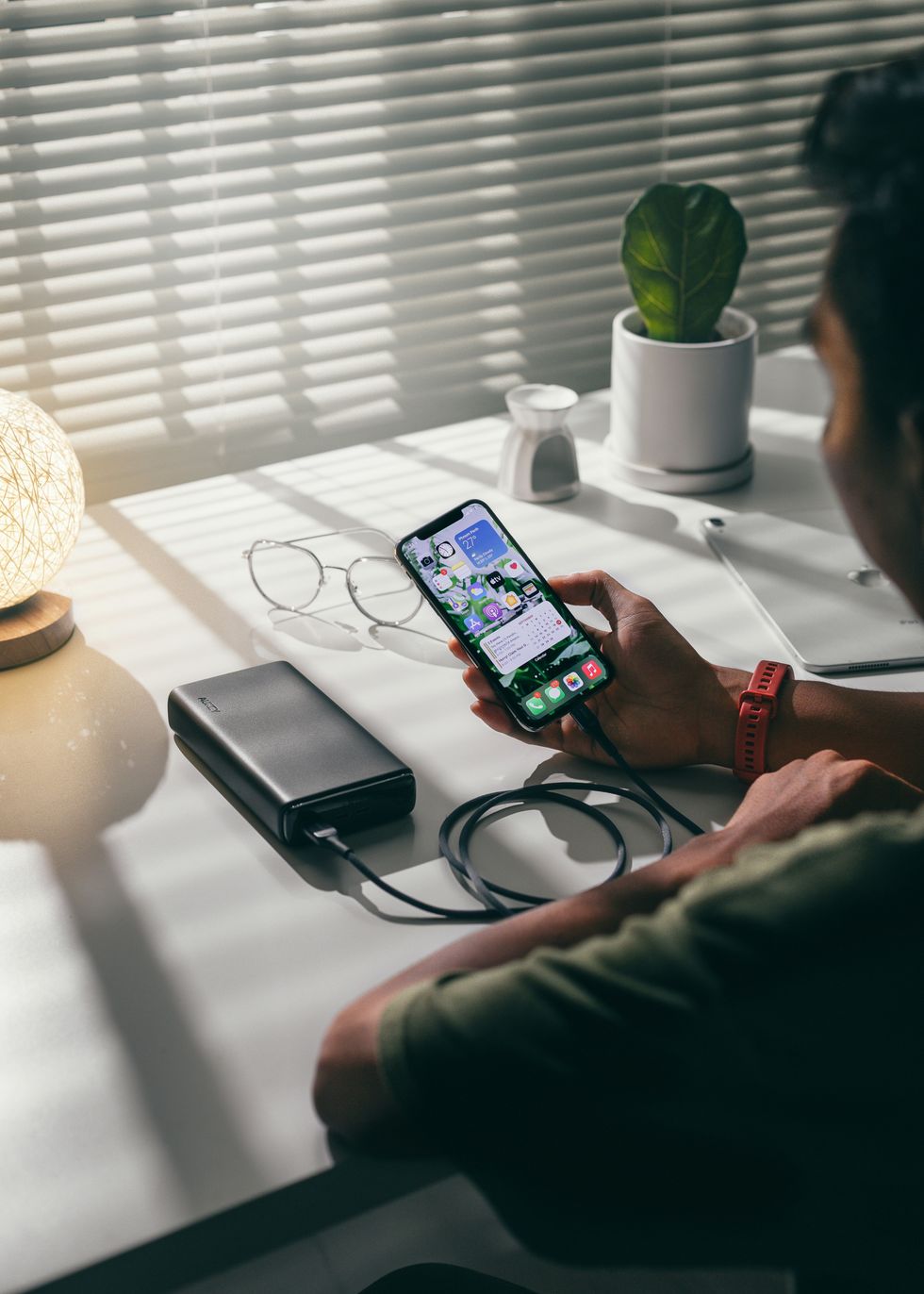 person holding black smartphone on white textile
Photo by
person holding black smartphone on white textile
Photo by  StableDiffusion
StableDiffusion
 Photo by
Photo by  Photo by
Photo by 
 roommate as a therapist
StableDiffusion
roommate as a therapist
StableDiffusion
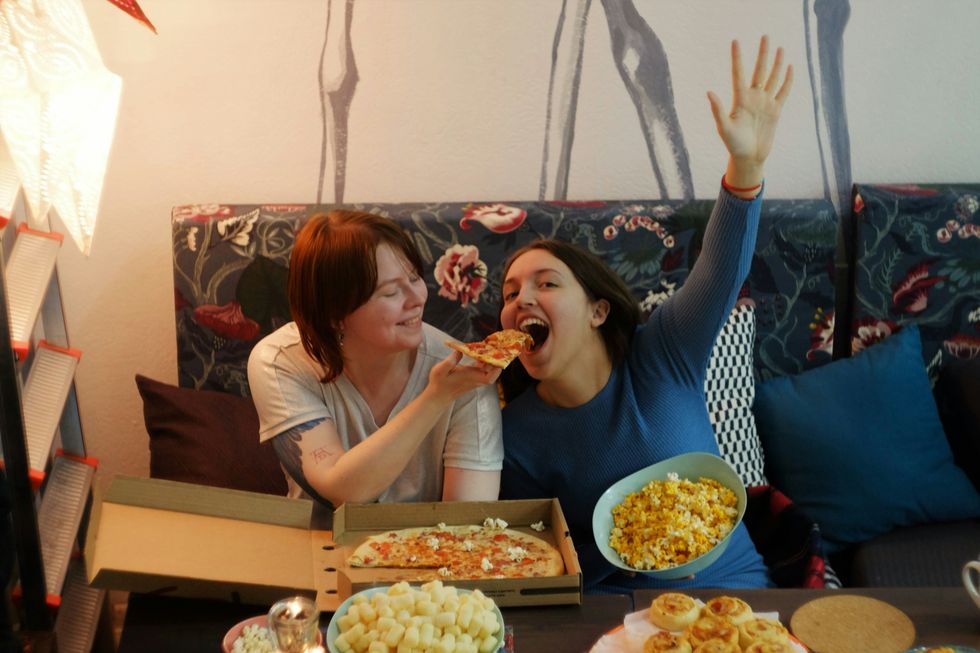 woman in white shirt eating pizza
Photo by
woman in white shirt eating pizza
Photo by  person holding remote pointing at TV
Photo by
person holding remote pointing at TV
Photo by  person holding assorted clothes in wooden hanger
Photo by
person holding assorted clothes in wooden hanger
Photo by  a couple of
a couple of  friends cleaning apartment
StableDiffusion
friends cleaning apartment
StableDiffusion
 man driving car during golden hour
Photo by
man driving car during golden hour
Photo by  bacon strips and melted cheese topped fries on oval white and blue platter with gray stainless steel forks
Photo by
bacon strips and melted cheese topped fries on oval white and blue platter with gray stainless steel forks
Photo by 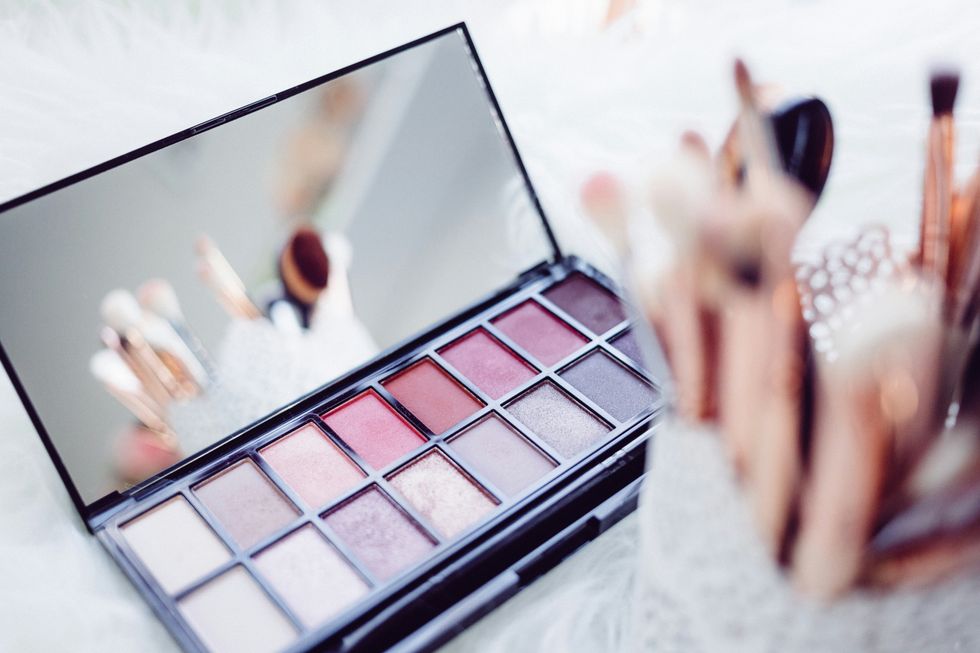 selective focus photography of eyeshadow palette
Photo by
selective focus photography of eyeshadow palette
Photo by  brown wooden framed white padded chair in between green indoor leaf plants inside bedroom
Photo by
brown wooden framed white padded chair in between green indoor leaf plants inside bedroom
Photo by 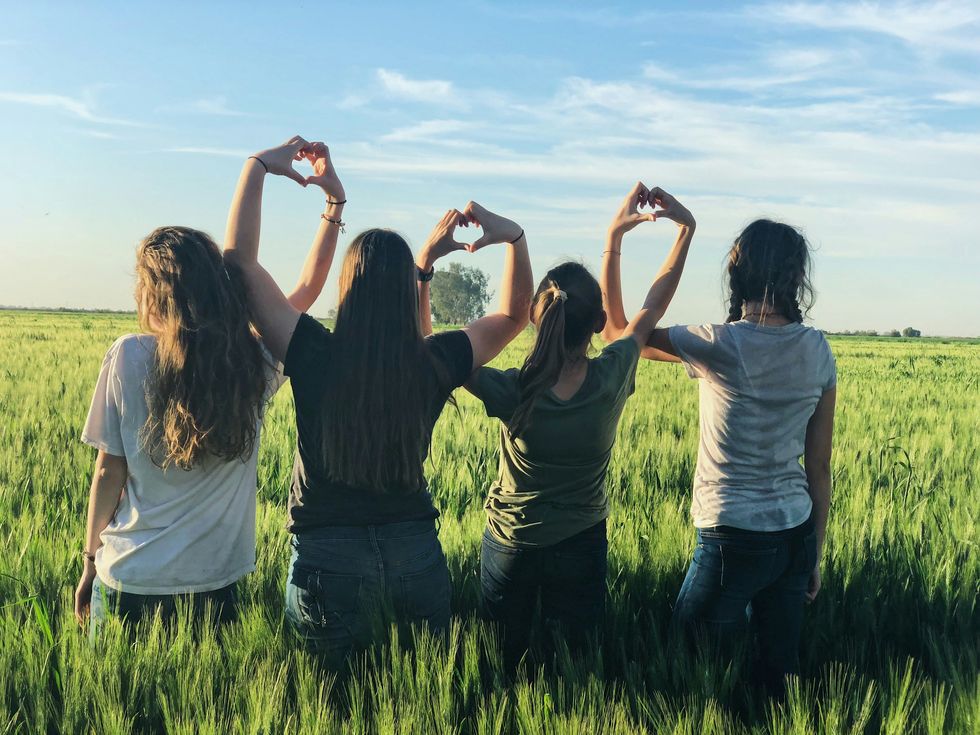 women forming
women forming  taking
taking  man in red polo shirt pouring wine on clear wine glass
Photo by
man in red polo shirt pouring wine on clear wine glass
Photo by  woman in black jacket standing on road during daytime
Photo by
woman in black jacket standing on road during daytime
Photo by 
 StableDiffusion
StableDiffusion
 StableDiffusion
StableDiffusion
 student thinking i shouldnt have procrastinated all semester
StableDiffusion
student thinking i shouldnt have procrastinated all semester
StableDiffusion
 Photo by
Photo by  Photo by
Photo by  Photo by
Photo by  StableDiffusion
StableDiffusion
 StableDiffusion
StableDiffusion
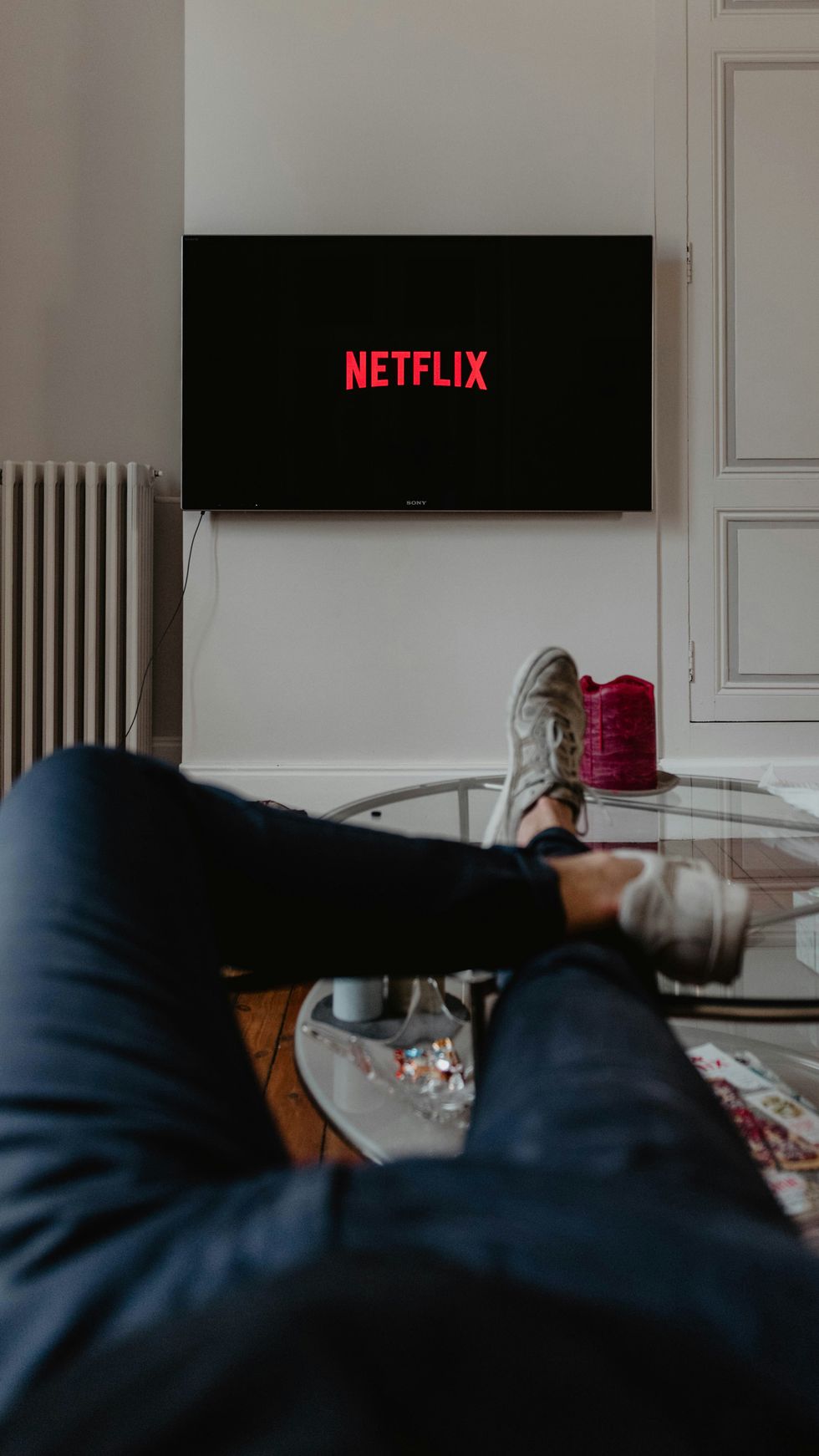 Photo by
Photo by  Photo by
Photo by 


 Lumiere figure at the Disney Store at the Ala Moana Shoppi… | Flickr
Lumiere figure at the Disney Store at the Ala Moana Shoppi… | Flickr








 StableDiffusion
StableDiffusion StableDiffusion
StableDiffusion 10. Extra BlanketsJuwenin Home 100% Cotton Knitted Throw Blanket
10. Extra BlanketsJuwenin Home 100% Cotton Knitted Throw Blanket StableDiffusion
StableDiffusion StableDiffusion
StableDiffusion File:Kishlaru familie.jpg - Wikimedia Commons
File:Kishlaru familie.jpg - Wikimedia Commons Photo by Hanna Balan on Unsplash
Photo by Hanna Balan on Unsplash StableDiffusion
StableDiffusion black blue and yellow round illustrationPhoto by
black blue and yellow round illustrationPhoto by 









